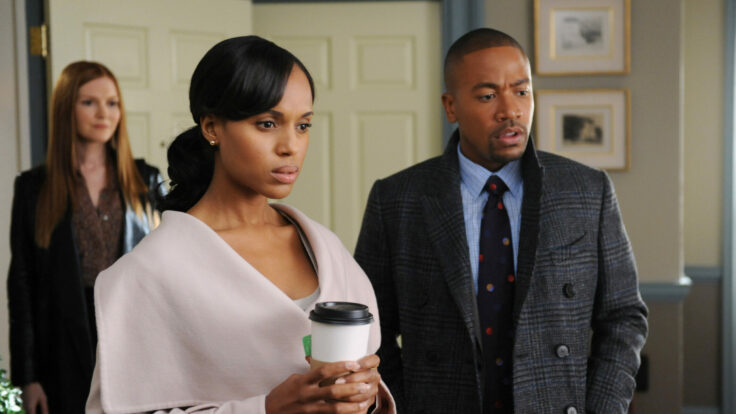On Tuesday afternoon, new CNN C.E.O. Chris Licht was in the network’s Washington bureau preparing for the night’s primary election coverage. Then, just before 4 p.m. ET, national correspondent Ed Lavendera went live from Dallas to report that at least two children had died in a tragic shooting at an elementary school in Uvalde, Texas. For the moment, the story was treated as the sort of horror that now sadly fills newswires day after day. Moments later, Jake Tapper opened his show with a ten-minute segment on the upcoming primaries, which he said would test Donald Trump’s hold on the Republican party. He then turned to a segment on the developing story in Texas before running segments on the war in Ukraine, the foiled ISIS plot to assassinate George W. Bush, and President Biden’s recent remarks on Taiwan.
When Tapper returned to Lavendera, just before 4:40 p.m. ET, after a commercial break, the correspondent relayed the heartbreaking news that at least 14 children had been killed. By that point the broadcast networks, which tend to lag far behind cable on breaking news stories, had already broken into special coverage. On an editorial call the next morning, Licht commended his staff for getting to the story early—the sort of supportive bearing that befits Licht’s reputation as a thoughtful and affable leader who, less than a month into a huge job, is still trying to cool nerves and gracefully align his charges in a burgeoning new era. But the widespread sentiment among many of those listening in was that the network had been late to the story, and that this wouldn’t have happened under Jeff Zucker.

















